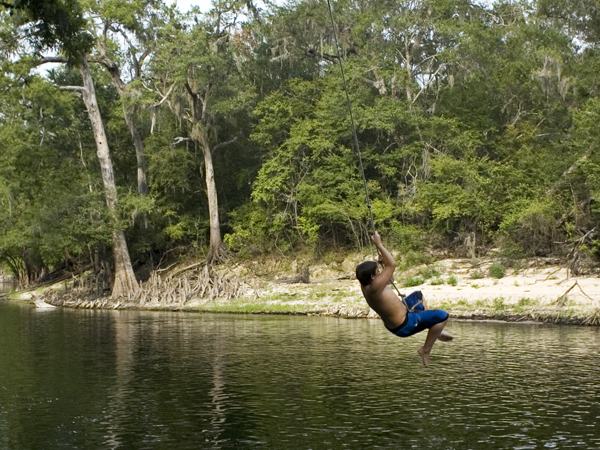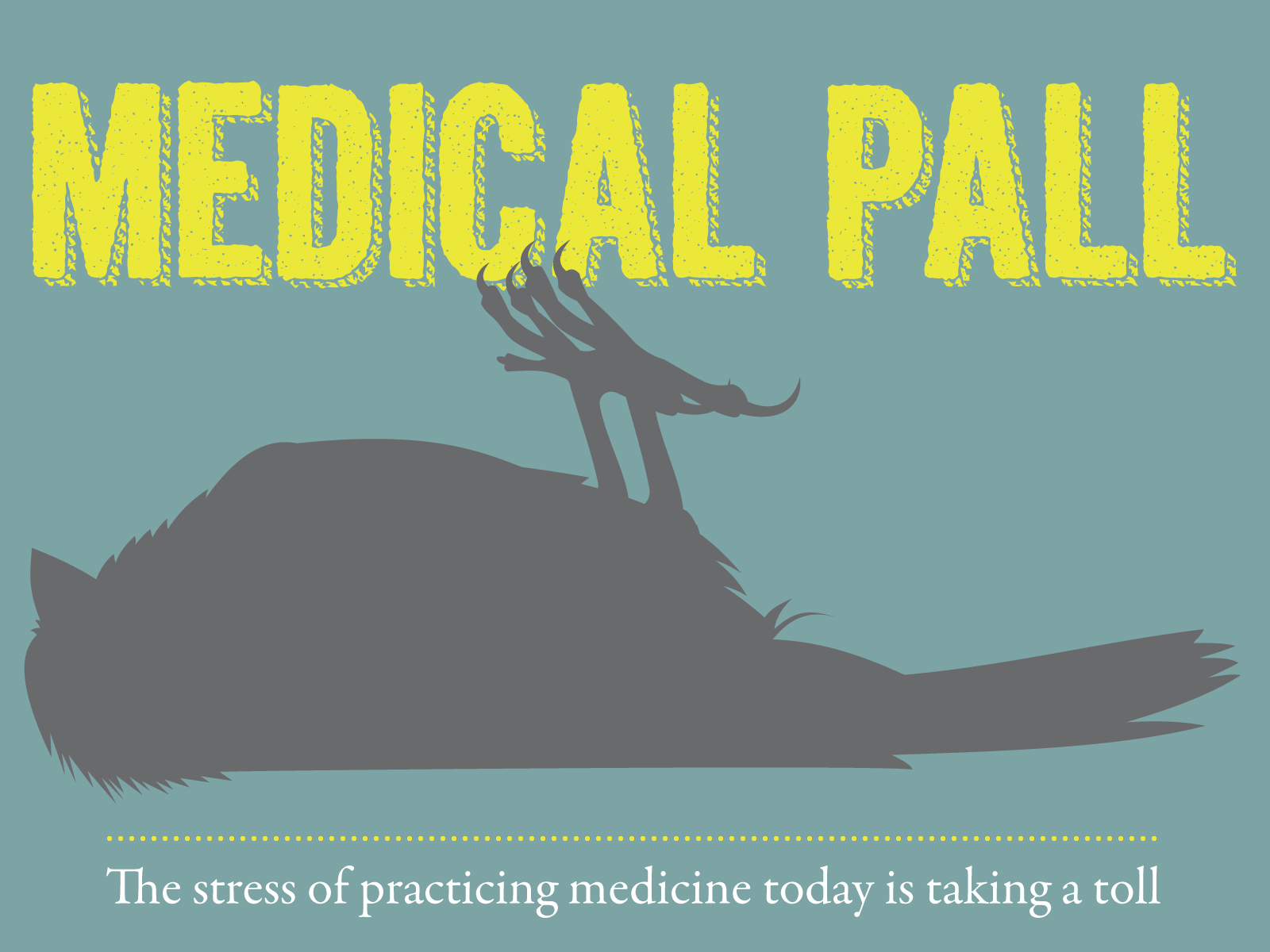|
Years ago on a canoe trip in Missouri, University of Mississippi Medical Center pediatrician Dr. Will Sorey took in the beauty of a spring-fed river - marred, however, by some things that can be pretty ugly when it comes to your health. “As we went, I noticed about every quarter mile that there were rope swings hanging in various stages of disrepair,” said Sorey, professor of pediatrics. “I asked the outfitter on the trip about them, and he said, 'Those are not our swings, and we've had more injuries on them than anything else.'” That canoe trip was Sorey's impetus for more than a decade of the study of river tree rope swings and their dangers. He canoes or kayaks rivers and streams at least twice monthly, mostly in central and south Mississippi, but also has collected data in other states. “It's what's known as having an avocation within your vocation,” said Sorey, who wrote a journal article based on his research. “There's very little that has been written about river swings, and it piqued my interest.” There's also very little education on the propensity for river tree rope swing injuries. The most common: broken fingers or burns that happen when someone grips or loses their grip on a swinging rope, especially when they grasp thin lengths of rope that are tied to the end of a thicker section. The worst: paralysis or death from drowning, usually either from the person being injured in the course of their fall or being entrapped under water by brush or trees. Use of rope swings can be extreme, such as a 2013 incident in which a Utah 22-year-old was killed trying to swing through the opening of a 110-foot-tall sandstone arch in the mountains near Salt Lake City. The man was trying to imitate a stunt he saw on a video that had gone viral on YouTube.
|































